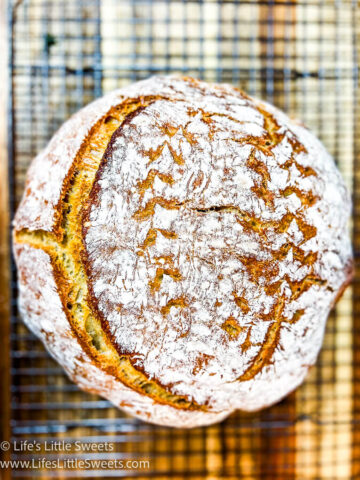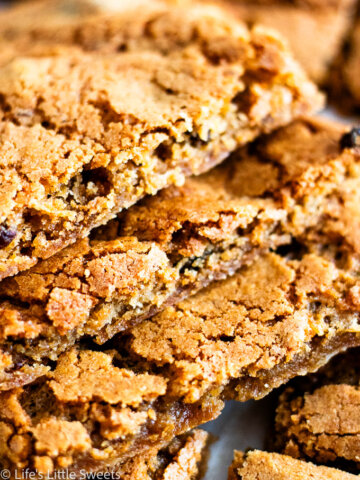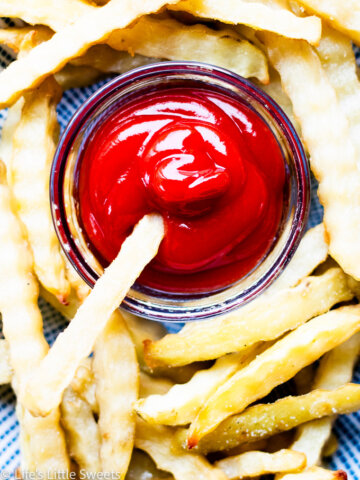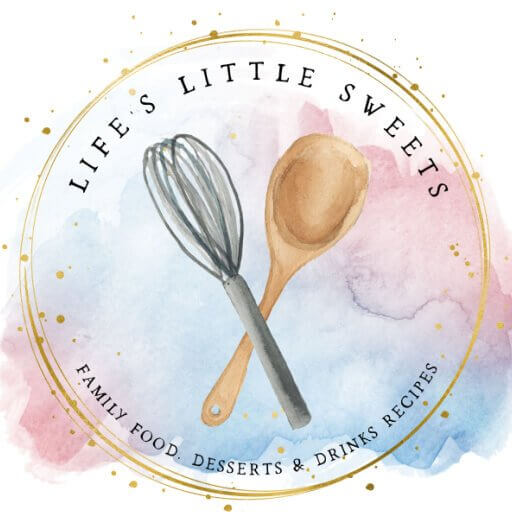Retro Recipes
What makes a recipe a retro recipe?
A recipe can be considered a "retro recipe" if it possesses the following characteristics:
- Era-Specific Origin: Retro recipes typically originate from a specific historical era, often several decades in the past. For example, recipes from the 1950s, 1960s, or 1970s are commonly associated with retro cuisine.
- Classic Ingredients: These recipes often feature ingredients that were popular and widely available during the specified era. These ingredients may include canned goods, gelatin, mayonnaise, and various convenience foods that were prevalent at the time.
- Simple and Nostalgic Preparation: Retro recipes tend to have straightforward and uncomplicated preparation methods. They often prioritize ease of cooking and convenience.
- Distinctive Presentation: Presentation styles from the past, such as aspic molds, garnishes, or elaborate plating, are often associated with retro recipes.
- Cultural Significance: Some retro recipes hold cultural significance, either representing a particular region or reflecting the food trends and preferences of the era.
- Nostalgia Factor: Many retro recipes evoke a sense of nostalgia, reminding people of dishes their grandparents or parents used to prepare, or meals served at family gatherings or special occasions.
- Time-Tested Appeal: Despite evolving culinary trends, retro recipes continue to have enduring appeal and are often enjoyed for their familiar and comforting flavors.
It's important to note that what is considered a retro recipe may vary depending on the region and individual preferences. Additionally, some retro recipes have experienced modern updates and adaptations to suit contemporary tastes and dietary preferences while retaining their nostalgic charm.




